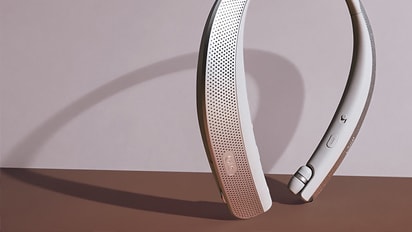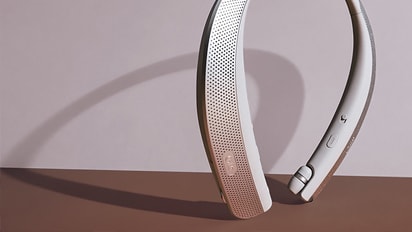Try This
➜Flush the water line
If water consistently drips from the dispenser, try flushing out air in the water line. Dispense two to three gallons of water into an appropriately sized container, then see if the leak resumes.
If the leaking continues, service will be required. Please visit our Request a Repair page for further assistance.
➜Check if the ice maker is turned off.
If the ice maker has been turned off, the ice will melt, and could cause leaks. Set the switch of the ice maker to On[-] or empty any remaining ice out of the tray.
The ice maker type and switch location can vary depending refrigerator model.
➜Ensure the ice bin is properly installed and the ice compartment door is completely closed.
If the ice tray is not installed correctly, or the door is partially opened, air will escape causing the ice to melt.
If the ice bin is damaged or the door will not close properly, please visit our Request a Repair page for further assistance.
➜Test the dispenser lever.
If the dispenser lever is dirty or damaged, it can cause the water to continually dispense.
1Activate the Lock by pressing and holding the Lock Button on the control panel for 3 seconds . When the Lock icon is illuminated, the dispenser and buttons will not operate when pressed.
2Clean the dispenser lever to remove anything that may cause it to stick. Use warm water and a mild detergent. Do not use water to wipe over the control panel.
3Press and hold the lock button for 3 seconds again to disable the lock function and retry.
If the dispenser is still stuck, then the refrigerator will require a repair service. Activate the control lock by pressing and holding the lock button on the control panel for 3 seconds and please visit our Request a Repair page to schedule service.
➜Adjust your water pressure.
High water pressure can cause leaking by overshooting the ice tray. But so can low water pressure by missing the tray as the water dribbles from the fill tube.
If the leaking continues, service will be required for proper diagnosis. Please visit our Request a Repair page for further assistance.












